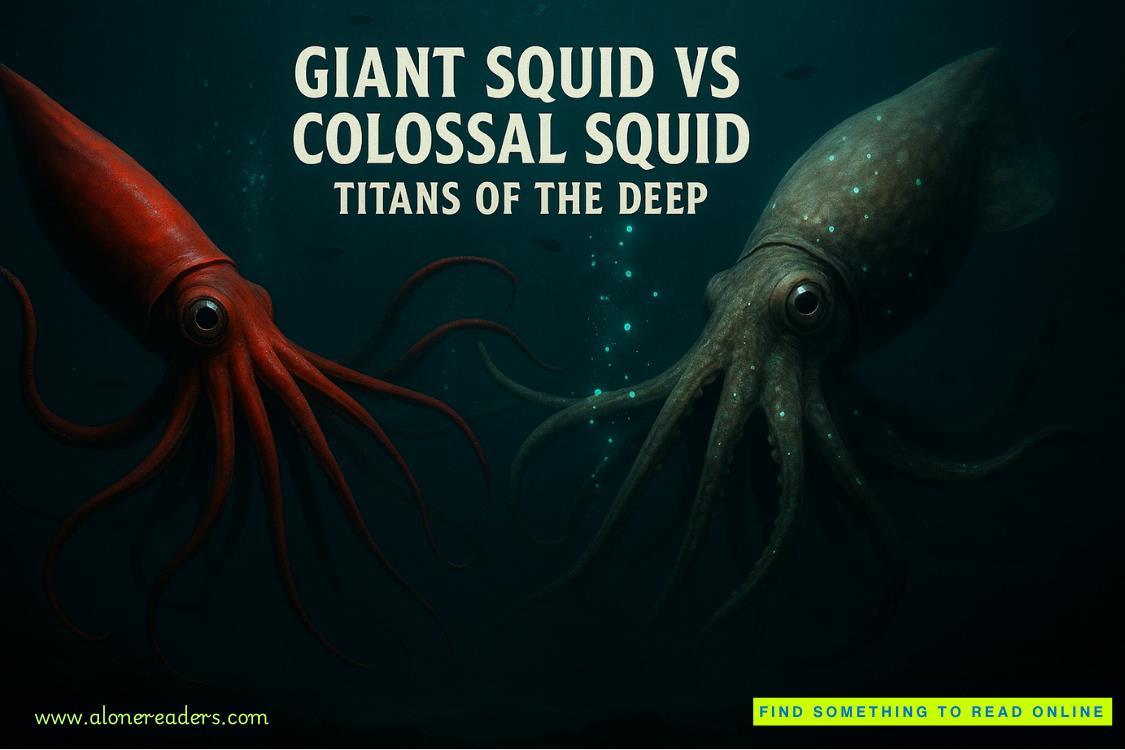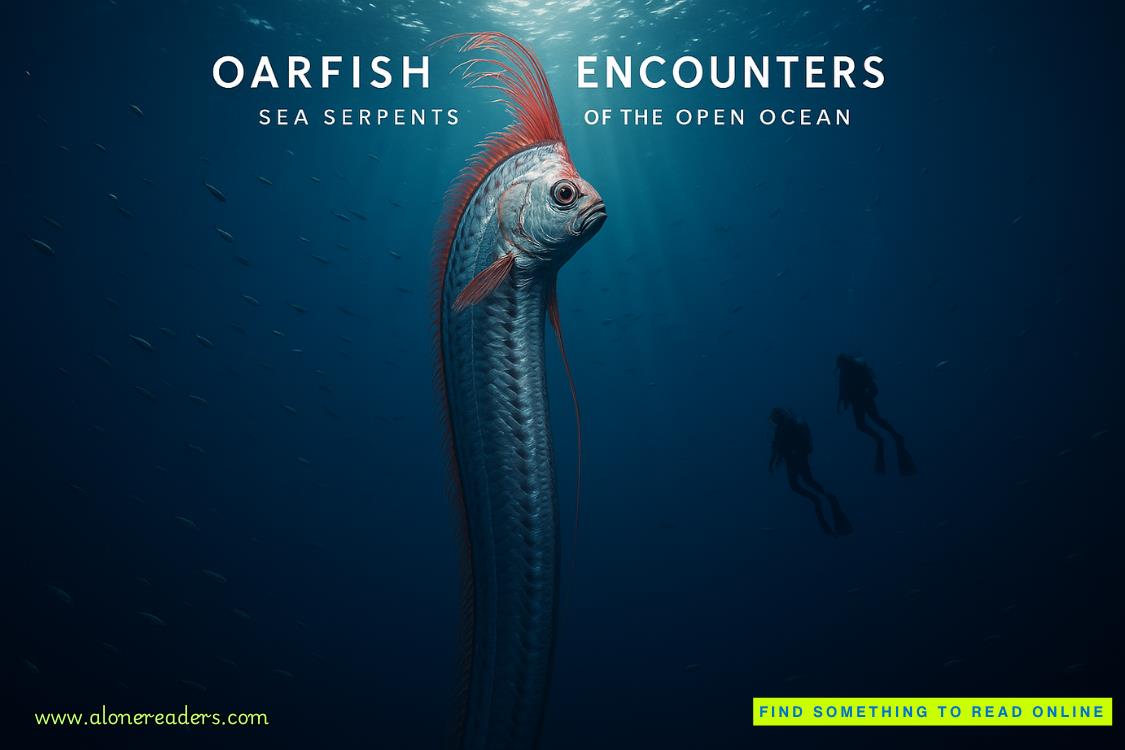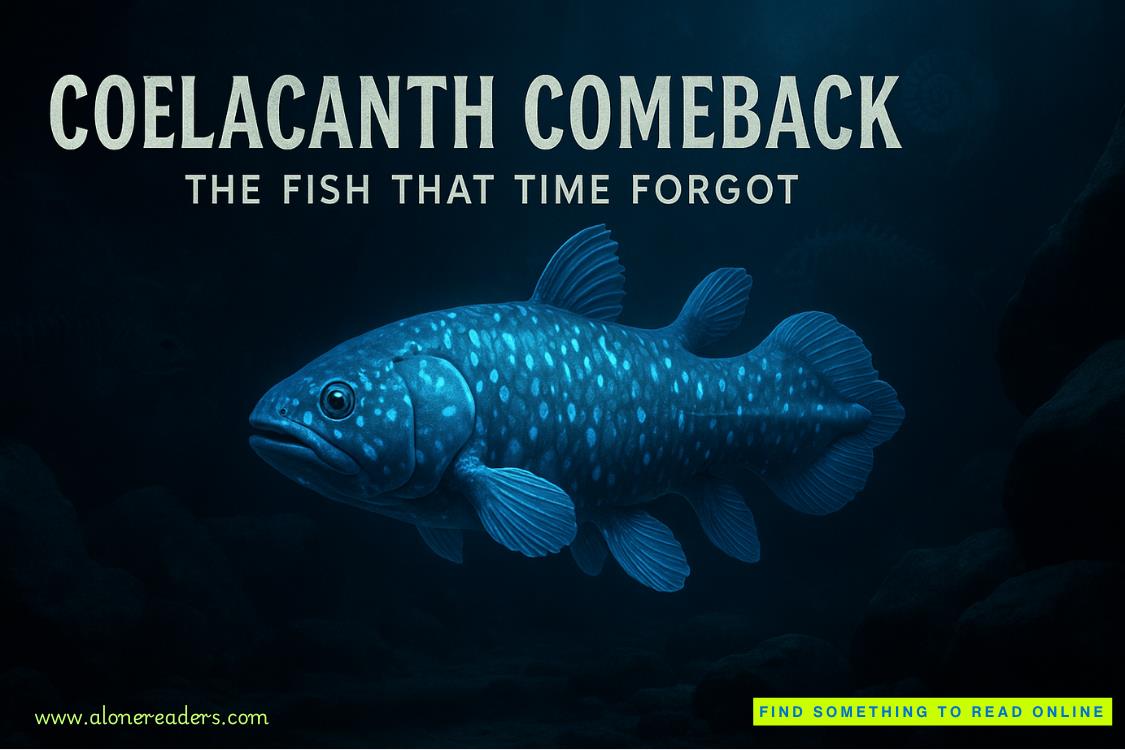Page 40 of The 6th Extinction (Sigma Force 10)
Painter was currently teleconferencing with various state and federal officials, trying to stay one step ahead of this disaster. Unfortunately, a new arrival in the middle of the night had proven to be a headache. The technical director from the DTC—the U.S. Army Developmental Test Command—had flown in from Dugway Proving Grounds in Utah, which handled the nation’s defense against nuclear, chemical, and biological threats. In the few short hours since the man had arrived, he’d already become a pain in Painter’s ass.
The light above the inner door turned green, and the magnetic lock released with an audible pop of pressure. Lisa stepped through, all too glad to leave the political hassles to Painter. She had a greater challenge that needed her full attention.
She glanced over a shoulder toward the patient containment unit on the hangar’s far side. Josh was resting again, on a diazepam drip. The cause of his brief seizure remained unknown, but she feared it was a possible sign of infection spreading to his central nervous system.
She pictured the thorn sticking out of his leg.
I hope I’m wrong.
But until she knew for sure, she intended to keep working.
“Dr. Cummings, you’re back. Fantastic.”
The voice came through her radio earpiece. She turned and spotted Dr. Edmund Dent, the CDC virologist, on the far side of a window, standing in his lab. He lifted an arm in greeting—then waved for her to come inside.
“Thanks to your work, I think we’ve made some significant progress in isolating the infectious particle,” he radioed to her. “Once we knew to look for something so small, we’ve started to make good headway. But I’d love to get your input on what we’ve found so far.”
“Of course,” she said.
Excited for even a measure of progress, Lisa hurried through the smaller air lock to reach his lab. His section of the BSL4 suite was all shiny with steel hardware: high-speed centrifuges, a mass spectrometer, a Leica ultramicrotome and cryochamber, along with a pair of electron microscopes.
She discovered another suited figure seated at one of the computer stations, bowed over a monitor. She failed to recognize him until he turned. She kept the surprise out of her face as best she could.
It was Dr. Raymond Lindahl, the technical director from the U.S. Army Developmental Test Command. Through his face shield, the man looked to be in his early fifties, with dyed black hair and a matching goatee. Since his arrival, he had been sticking his long nose into all of Painter’s work, making snap judgments, ordering changes when it was in his prerogative to do so—which, frustratingly for Painter, was all too often.
Now it seemed Painter’s pain was about to become her own.
Of course, it was not inappropriate for the man to be here. Lisa had heard about Lindahl’s background as both a geneticist and a bioengineer. He was brilliant in his own right and had the arrogance to go along with it.
“Dr. Dent,” Lindahl said stiffly, “I’m not sure we need Dr. Cummings’s expertise in medicine and physiology here. Her time is better spent with clinical work, concentrating on her animal studies, not at this level of research.”
The virologist did not back down, which made Lisa like him all the more. Edmund was ten years younger than Lindahl and had a bohemian attitude, likely honed from his time spent at Berkeley and Stanford. Though she had never seen the virologist out of his protective suit, she always imagined him in Birkenstocks and a tie-dyed T-shirt.
“It was Lisa’s work that enabled our progress here,” Edmund reminded Lindahl. “And it never hurts to get another pair of eyes on a problem. Besides, when is honey ever made with only one bee in a hive?”
An exasperated sigh escaped Lindahl, but he let the matter drop.
Edmund rolled a chair next to the DTC director. “Lisa, let me catch you up. I mentioned at the earlier meeting that I thought I might have caught a glimpse of the monster in play here. Here’s a transmission electron micrograph of a cross section of alveoli from the lungs of an infected rat.”
Lisa leaned closer, studying the pockets of tiny particles densely packed into the lung’s small air cells.
“Those definitely look like virions—viral particles,” Lisa admitted. “But I’ve never seen anything so small.”
Edmund nodded his head. “I took measurements from some particles budding along infected cardiac muscle fibers. This is from a scanning electron micrograph, offering more of a 3-D view.”
The new picture revealed individual viruses attached to branching muscle bundles and nerves. A scale had been included to offer some measure of size.
“Looks like they’re less than ten nanometers,” Lisa commented. “That’s half the size of the smallest known virus.”
“Which is why I stepped in to help.” Lindahl elbowed Edmund out of the way. “To get a clearer picture, I collated the protein data from the team’s molecular biologist. From that data and using a program I patented, I worked up a three-dimensional representation of the virion’s capsid, its outer shell.”
Lisa studied the spherical modeling of the infectious particle. She was impressed at Lindahl’s skill, almost to the point of accepting his arrogance.
“That’s the outer face of our monster,” Edmund said. “Henry is already in the midst of doing a genetic analysis on what’s hidden inside that shell.”
Dr. Henry Jenkins was a geneticist from Harvard.
“But we can still extrapolate plenty from this capsid,” Lindahl said. “Enough to say this is an artificial construct. Beneath that protein coat, we found carbon graphene fibers—each only two atoms thick—woven in a hexagonal pattern.”
He brought up another image alongside the last one, showing that protein coat removed this time, leaving a tangled webbing behind.
It definitely looked artificial. Lisa pondered the significance of those man-made fibers. Graphene was a remarkably tough material, stronger than spider’s silk.
“It almost looks,” she said, “as if Hess was trying to engineer the equivalent of a Kevlar layer under that shell.”
Lindahl turned to her. “Exactly. Very insightful. This additional substructure could account for the virion’s stability, how it’s proven resistant to bleaches, acids, even fire.”
Yet, none of this answered the bigger question: What’s that tough coat protecting?
Lindahl continued. “It seems Dr. Hess engineered a perfect shell, one that is small enough to penetrate any tissue. Animal, plant, fungus. Its unusual size and nature might explain why it’s so universally pathogenic.”















